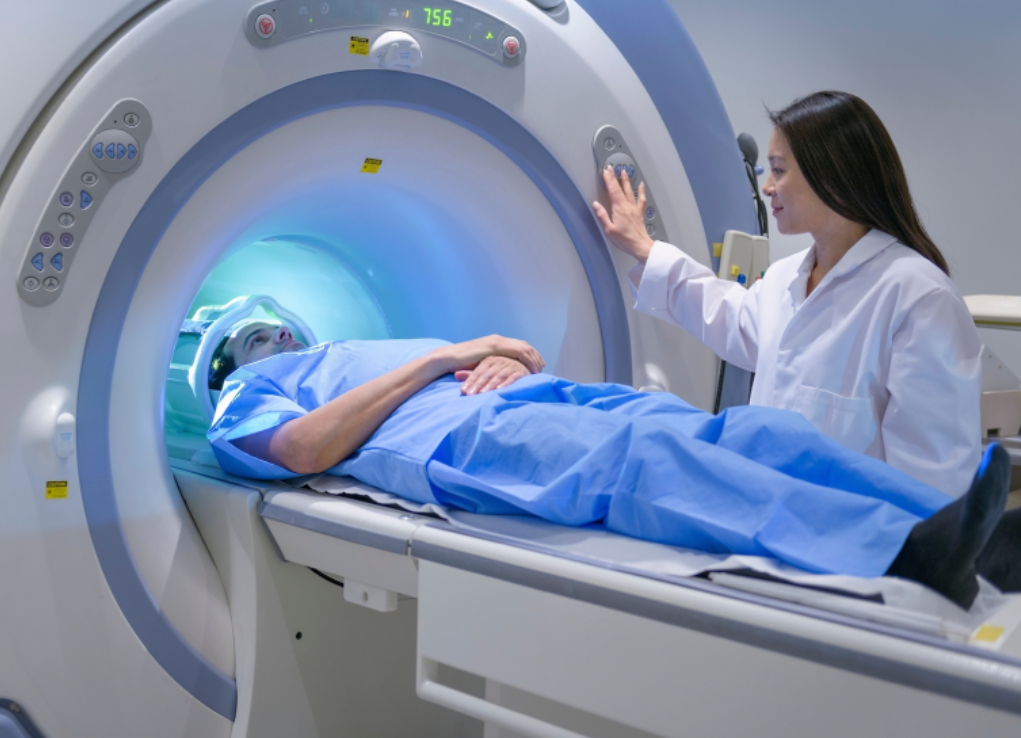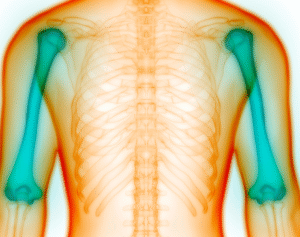Unveiling the Invisible: Can MRI Detect Fibromyalgia?
Understanding Fibromyalgia and Diagnostic Challenges
Fibromyalgia is a chronic disorder characterized by widespread musculoskeletal pain, fatigue, sleep disturbances, and cognitive difficulties. Diagnosing fibromyalgia poses significant challenges due to the absence of definitive laboratory tests or imaging studies that can confirm its presence. Traditionally, diagnosis relies on patient-reported symptoms and the exclusion of other conditions, often leading to delays and frustration for those affected.
The Role of MRI in Fibromyalgia Detection
Magnetic Resonance Imaging (MRI) is a non-invasive imaging technique that provides detailed images of the body’s internal structures. While conventional MRI scans do not reveal abnormalities in fibromyalgia patients, advanced imaging techniques have shown promise in identifying subtle changes associated with the condition.
Functional MRI (fMRI) and Brain Activity
Functional MRI (fMRI) measures brain activity by detecting changes in blood flow, offering insights into how the brain processes pain. Studies have demonstrated that individuals with fibromyalgia exhibit altered activity in brain regions responsible for pain perception, such as the thalamus, insula, and anterior cingulate cortex. These findings suggest that fMRI could potentially aid in distinguishing fibromyalgia patients from healthy individuals.
Magnetic Resonance Spectroscopy (MRS) and Neurochemical Changes
Magnetic Resonance Spectroscopy (MRS) is another advanced imaging technique that assesses the concentration of specific chemicals in the brain. Research indicates that fibromyalgia patients may have elevated levels of glutamate, an excitatory neurotransmitter, in areas associated with pain processing. These neurochemical alterations could serve as potential biomarkers for fibromyalgia.
Limitations and Considerations
Despite the promising findings from advanced MRI techniques, several limitations hinder their routine use in diagnosing fibromyalgia.
Lack of Standardization
Currently, there is no standardized protocol for using fMRI or MRS in the clinical diagnosis of fibromyalgia. Variations in imaging techniques and interpretation across studies make it challenging to establish consistent diagnostic criteria.
Accessibility and Cost
Advanced MRI techniques require specialized equipment and expertise, which may not be readily available in all healthcare settings. Additionally, the high cost associated with these imaging modalities could limit their widespread adoption.
Complementary Role
While advanced MRI techniques offer valuable insights into the neurobiological aspects of fibromyalgia, they should be viewed as complementary tools rather than standalone diagnostic methods. A comprehensive clinical evaluation remains essential for accurate diagnosis and management.
Future Directions in Fibromyalgia Diagnosis
Ongoing research aims to refine imaging techniques and identify reliable biomarkers for fibromyalgia. The integration of advanced MRI findings with clinical assessments could enhance diagnostic accuracy and facilitate personalized treatment approaches.
Machine Learning and Imaging Analysis
Emerging studies are exploring the use of machine learning algorithms to analyze complex imaging data, potentially improving the identification of fibromyalgia-related patterns. These technological advancements may pave the way for more objective and efficient diagnostic processes.
Multimodal Approaches
Combining imaging findings with other diagnostic tools, such as genetic profiling and biochemical markers, could provide a more comprehensive understanding of fibromyalgia. Such multimodal approaches hold promise for developing targeted therapies and improving patient outcomes.
Conclusion
While MRI, particularly advanced techniques like fMRI and MRS, has shown potential in detecting neurobiological changes associated with fibromyalgia, these methods are not yet standard practice for diagnosis. Continued research and technological advancements are essential to establish reliable imaging biomarkers and integrate them into clinical settings. In the meantime, a thorough clinical evaluation remains the cornerstone of fibromyalgia diagnosis and management.



